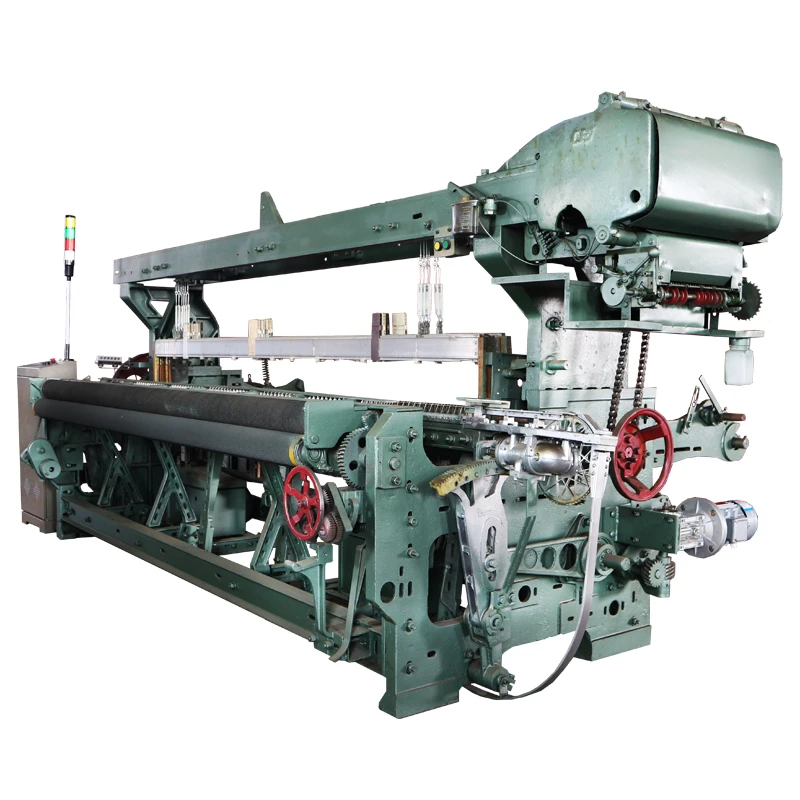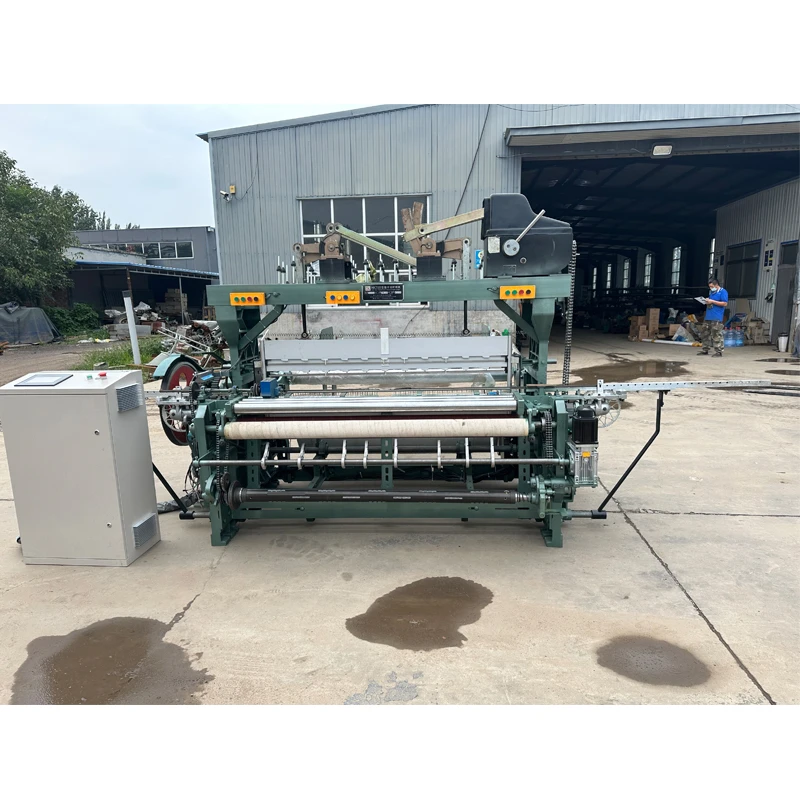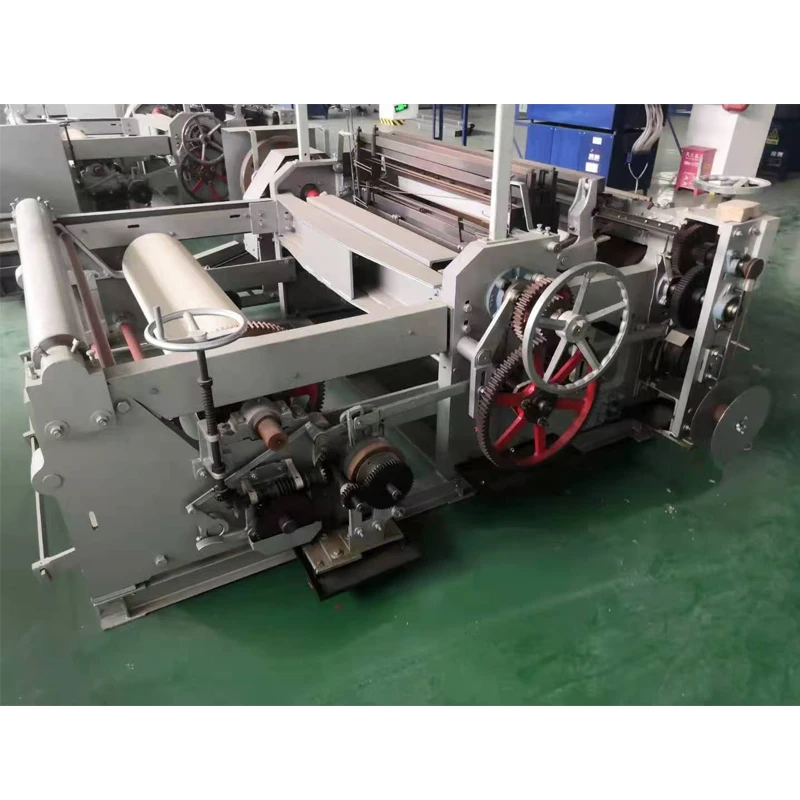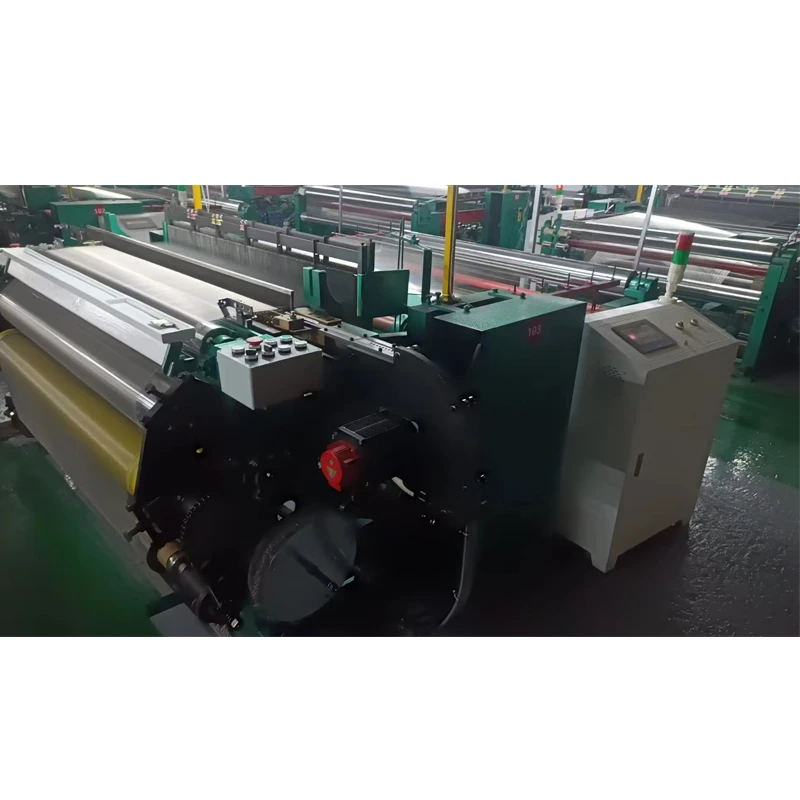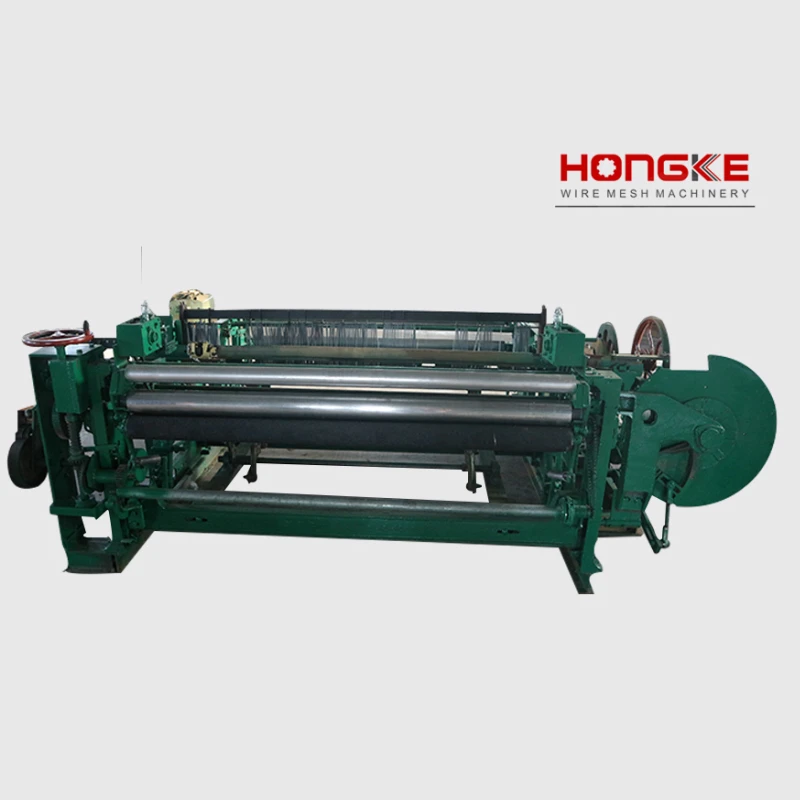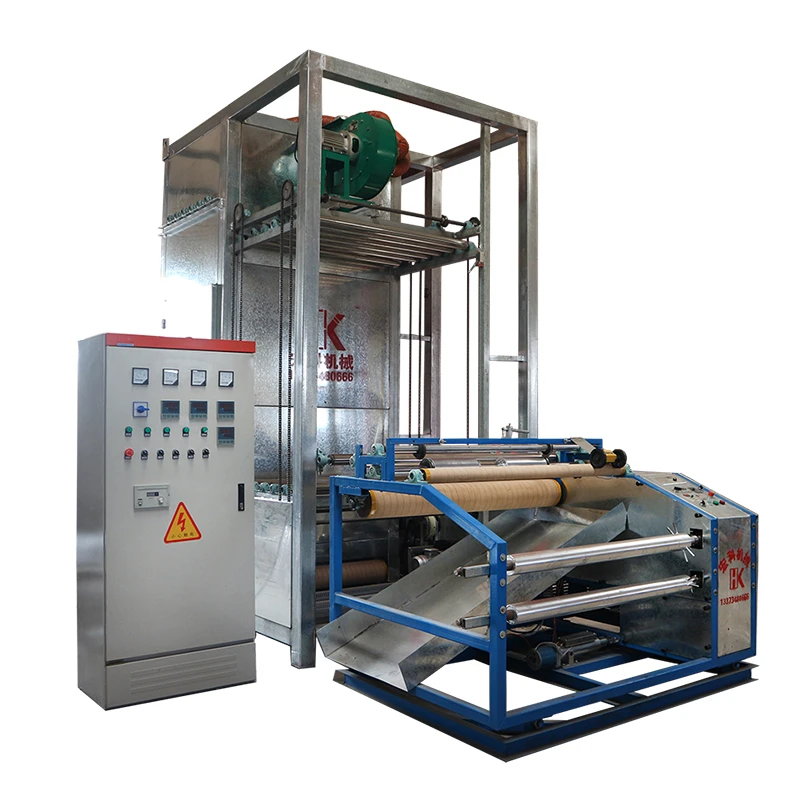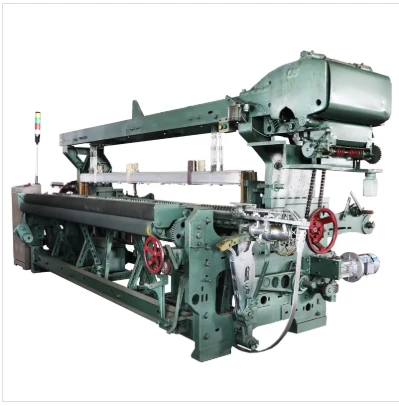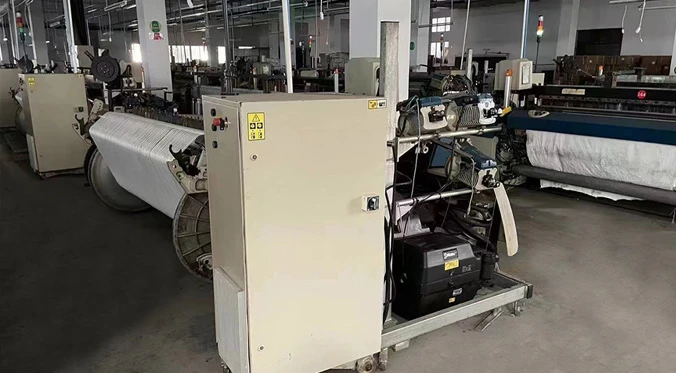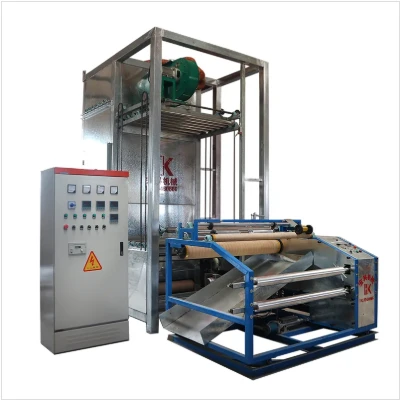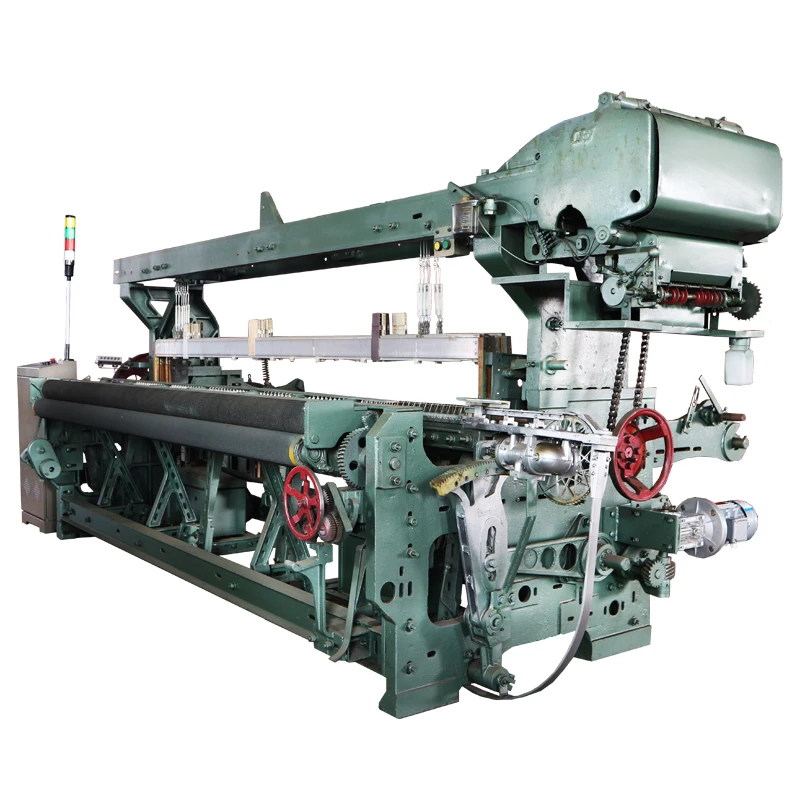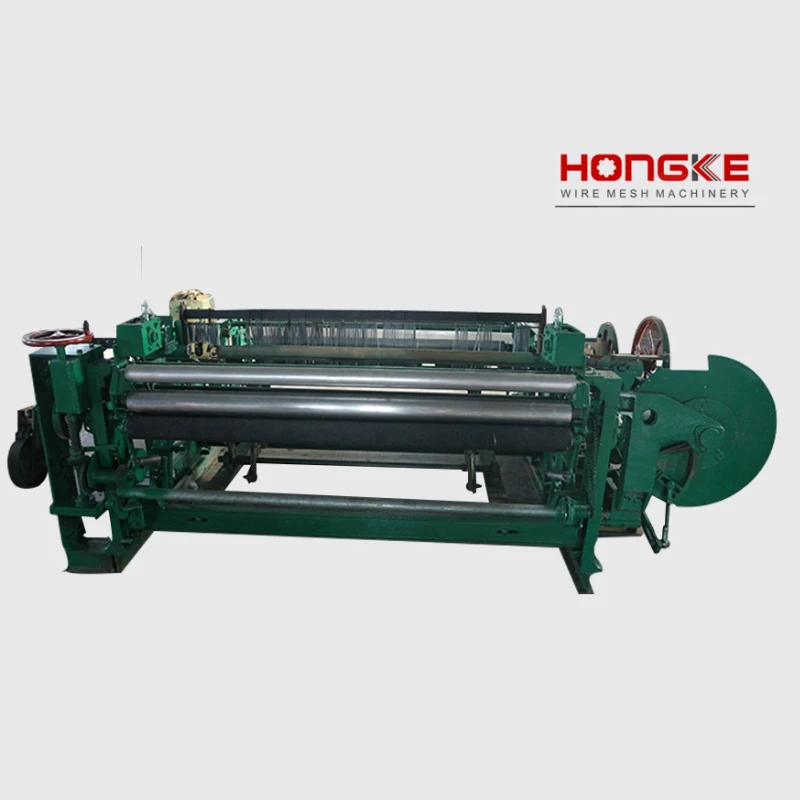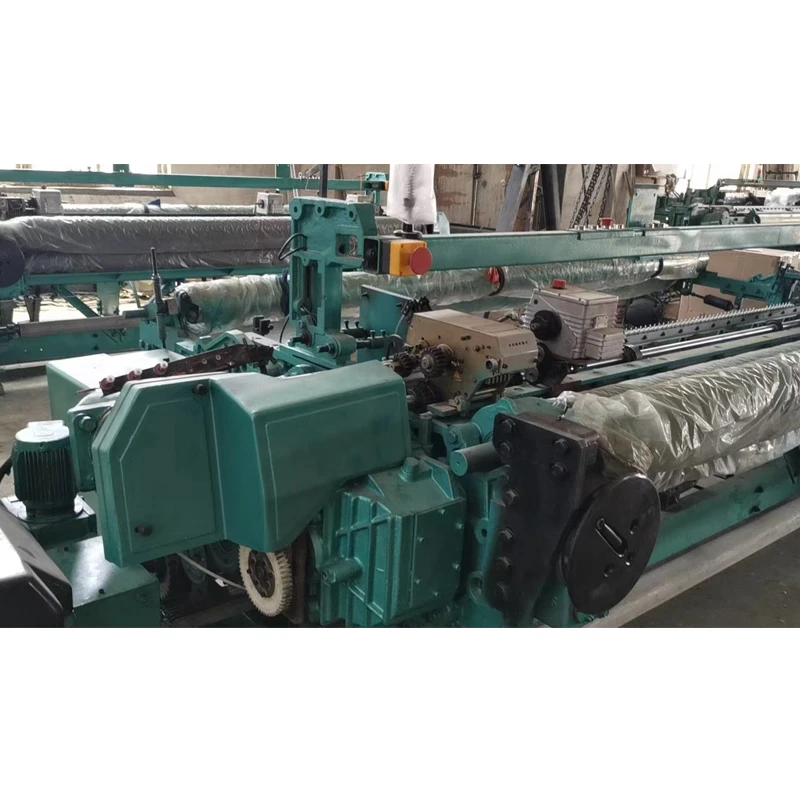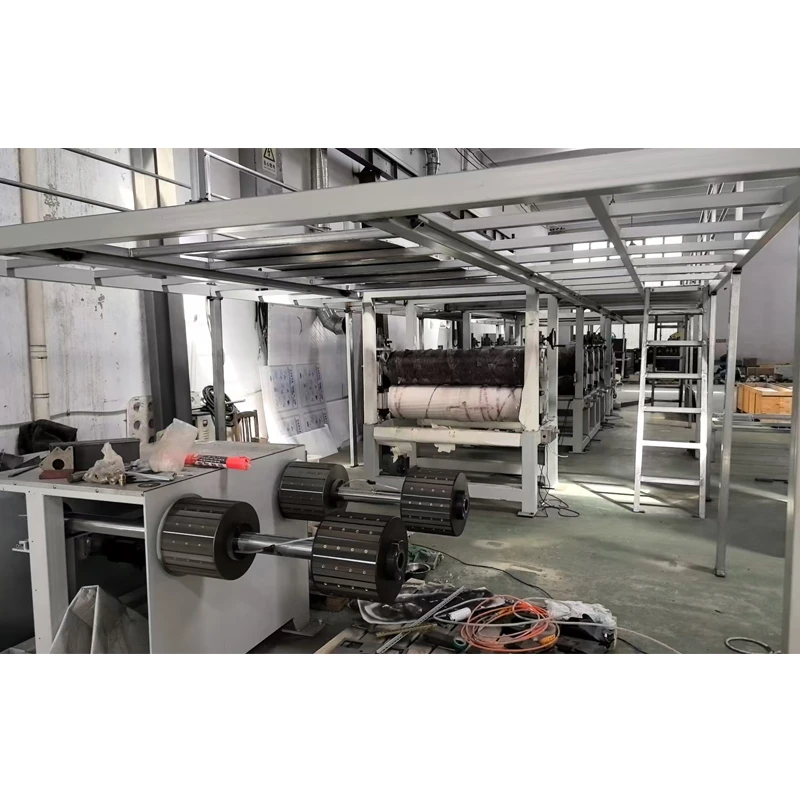
- Introduction to fiberglass mesh weaving machine
and their significance - Technical advantages boosting efficiency and quality
- Data-driven impact in the global market
- Comparative analysis of leading manufacturers
- Customization solutions for specific client needs
- Application case studies demonstrating value
- Conclusion: The future and importance of fiberglass mesh weaving machines

(fiberglass mesh weaving machine)
Understanding the Role of Fiberglass Mesh Weaving Machine in Modern Industry
In the dynamic landscape of composite manufacturing, the fiberglass mesh weaving machine serves as a cornerstone for achieving exceptional structural reinforcement in diverse applications. These machines are engineered to interlace glass fiber yarns into durable, stable mesh fabrics with precision and uniformity, forming the backbone of products ranging from construction reinforcement meshes to high-performance industrial filters. As global demand for lightweight, high-strength materials continues to surge—rising at a projected CAGR of 7.2% through 2030—the industry’s dependence on reliable and efficient weaving technology is ever increasing. This foundational role not only ensures product integrity but also drives rapid innovation, allowing manufacturers to tackle new and complex engineering challenges with confidence.
Technical Superiority: Advancements in Weaving Technology
Over recent years, technological advancements in fiberglass mesh weaving machines have led to staggering improvements in speed, efficiency, and product consistency. State-of-the-art weaving machines can now operate at speeds up to 220 RPM, supporting mesh widths up to 3.6 meters and mesh sizes ranging from 2 to 20 mm. Automated systems for warp and weft feeding reduce human error and downtime, while digital tension controllers assure optimal mesh tension throughout production. Many modern machines now feature integration for automatic weft insertion, programmable pattern controls, and centralized monitoring systems, allowing for rapid changeovers between mesh specifications and efficient troubleshooting. As a result, manufacturers are able to meet rigorous client specifications for strength, porosity, and chemical resistance, reinforcing their competitive edge in this rapidly expanding sector.
Market Impact and Global Data Trends
The quest for superior building materials has spurred a remarkable increase in fiberglass mesh consumption. In 2023, the global output of fiberglass reinforcement mesh surpassed 1.25 million metric tonnes, with over 65% attributed to construction sector demand. Data from industry analysis reveals a steady year-on-year growth in market penetration, fueled by urbanization and infrastructure upgrades in developing regions. In the European Union alone, annual imports of woven fiberglass mesh for insulation and facade systems have soared by 18% since 2020. The adoption of high-output weaving machines delivers an average production increase of 22% per line, enabling suppliers to fulfill large-scale contracts without compromising on quality or customization. For buyers, the ready availability of fiberglass mesh weaving machine for sale has democratized access to advanced manufacturing solutions, shortening supply chains and driving down end-user costs.
Manufacturer Showdown: Comparing Top Fiberglass Mesh Weaving Machine Suppliers
Selecting the right equipment partner is critical, as performance, aftersales support, and customization capabilities can vary dramatically among manufacturers. Below is a data-driven comparison of three market leaders, analyzed on core performance indicators and support services.
| Manufacturer | Max Speed (RPM) | Available Mesh Widths | Automation Level | Warranty (years) | Aftersales Response Time | Customization Options | Global Installations () |
|---|---|---|---|---|---|---|---|
| TexFibraTech | 200 | 0.5 – 3 m | Full Digital (Industry 4.0) | 3 | <12h | Full (drive, width, feed systems) | 3200 |
| MeshMaster Industries | 170 | 0.8 – 2.8 m | Semi-Automatic | 2 | <24h | Moderate (width and mesh size) | 2100 |
| GlassWeave Solutions | 220 | 1 – 3.6 m | Full Digital | 4 | <8h | Complete, including control software | 3900 |
As indicated, the selection criteria should prioritize not just output speed and mesh width capabilities, but rapid aftersales support and depth of customization. Increasingly, fiberglass mesh weaving machines from top brands incorporate modular designs, automation for fabric changes, and IoT compatibility for predictive maintenance—features paramount for manufacturers aiming to future-proof operations.
Customization Solutions: Tailoring Machines to Specific Challenges
The success of a fiberglass mesh production operation often hinges on the adaptability of the machinery to unique project requirements. Leading manufacturers now offer a wide array of customizable features. Clients can specify mesh size, density, and tensile performance standards; control systems can be programmed in multiple languages; and feeding devices may be retrofitted to accommodate alternative fiberglass yarn sources or specialty coatings. In addition to mechanical customizations, electrical and digital components are likewise adaptable, with systems supporting data integration for real-time quality monitoring and production analytics. For instance, a construction client requiring fire-resistant facade mesh with low-alkali glass can commission machines optimized for specialized weft insertion and enhanced washing units. This modularity extends equipment lifecycle and enables seamless upgrades as production needs evolve.
Application Case Studies: Measurable Outcomes Across Industries
The real-world impact of high-performance fiberglass mesh weaving machines is reflected in diverse application success stories. In 2022, a leading European construction materials supplier integrated three advanced machines into its new facility, resulting in a 28% increase in monthly mesh output and a defect rate reduction of 43%. Another notable case involved an automotive composites manufacturer who leveraged programmable pattern controls to produce mesh tailored for lightweight vehicle panels, reducing raw material waste by 17% while achieving precise strength tolerances. In Asia-Pacific, textile filtering enterprises reported that automated mesh changeover features cut downtime by nearly 50%, allowing them to fulfill more varied client orders and increase net profitability by over $250,000 per year. These case studies underline the critical benefits of investing in state-of-the-art weaving machinery: scalability, reliability, and an ability to adapt quickly to customer requirements across construction, automotive, filtration, and energy sectors.
The Future of Fiberglass Mesh Weaving Machine: Innovation and Industry Insights
As the global construction, automotive, and infrastructure markets place higher demands on performance materials, the relevance of the fiberglass mesh weaving machine only stands to grow. Next-generation devices are on track to further elevate industry benchmarks by integrating AI-driven control systems, energy-efficient drive motors, and even more precise patterning capabilities. The ongoing shift toward sustainability also favors the adoption of recyclable glass-fiber meshes and green-certified production lines. Companies investing early in robust fiberglass mesh weaving machine technology position themselves at the forefront of this transformation, securing long-term cost efficiencies, access to broader markets, and an edge in delivering superior products that meet tomorrow’s standards. Staying informed about technology trajectories and supplier capabilities is not just prudent—it will define the competitive landscape for years to come.
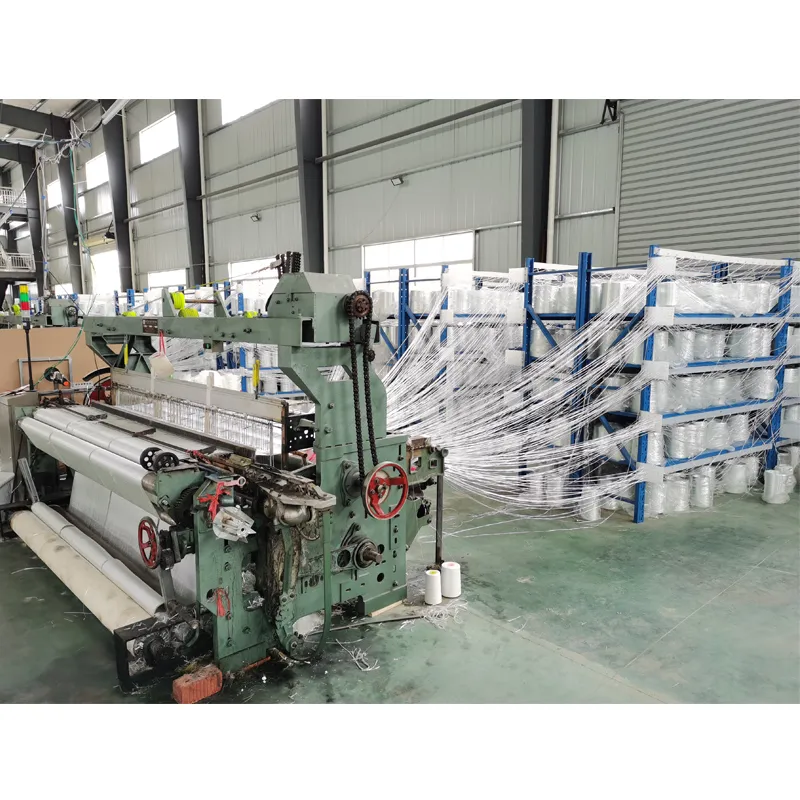
(fiberglass mesh weaving machine)
FAQS on fiberglass mesh weaving machine
Q: What is a fiberglass mesh weaving machine?
A: A fiberglass mesh weaving machine is specialized equipment designed to weave fiberglass threads into mesh fabric. This mesh is commonly used for construction, reinforcement, and insulation purposes. It automates the weaving process for consistent quality and efficiency.Q: Where can I find a fiberglass mesh weaving machine for sale?
A: You can find fiberglass mesh weaving machines for sale from industrial equipment suppliers, online marketplaces, or directly from manufacturers. Websites like Alibaba and Made-in-China offer various models and price ranges. Always compare specifications and after-sales service before purchasing.Q: What are the advantages of using fiberglass mesh weaving machines?
A: Fiberglass mesh weaving machines enhance production efficiency and ensure uniform mesh quality. They reduce manual labor and increase output. Additionally, they are equipped with modern controls for precise operation.Q: Are there different types of fiberglass mesh weaving machines?
A: Yes, there are several types, including shuttle and shuttleless models, as well as machines with various mesh sizes and widths. The choice depends on your production needs and budget. Consulting with suppliers can help identify the right model for your application.Q: How do I maintain a fiberglass mesh weaving machine?
A: Regular maintenance includes lubricating moving parts, checking for thread blockages, and inspecting electrical components. Following the manufacturer's maintenance schedule ensures long machine life and optimal performance. Always use genuine spare parts for best results.
Pervious








